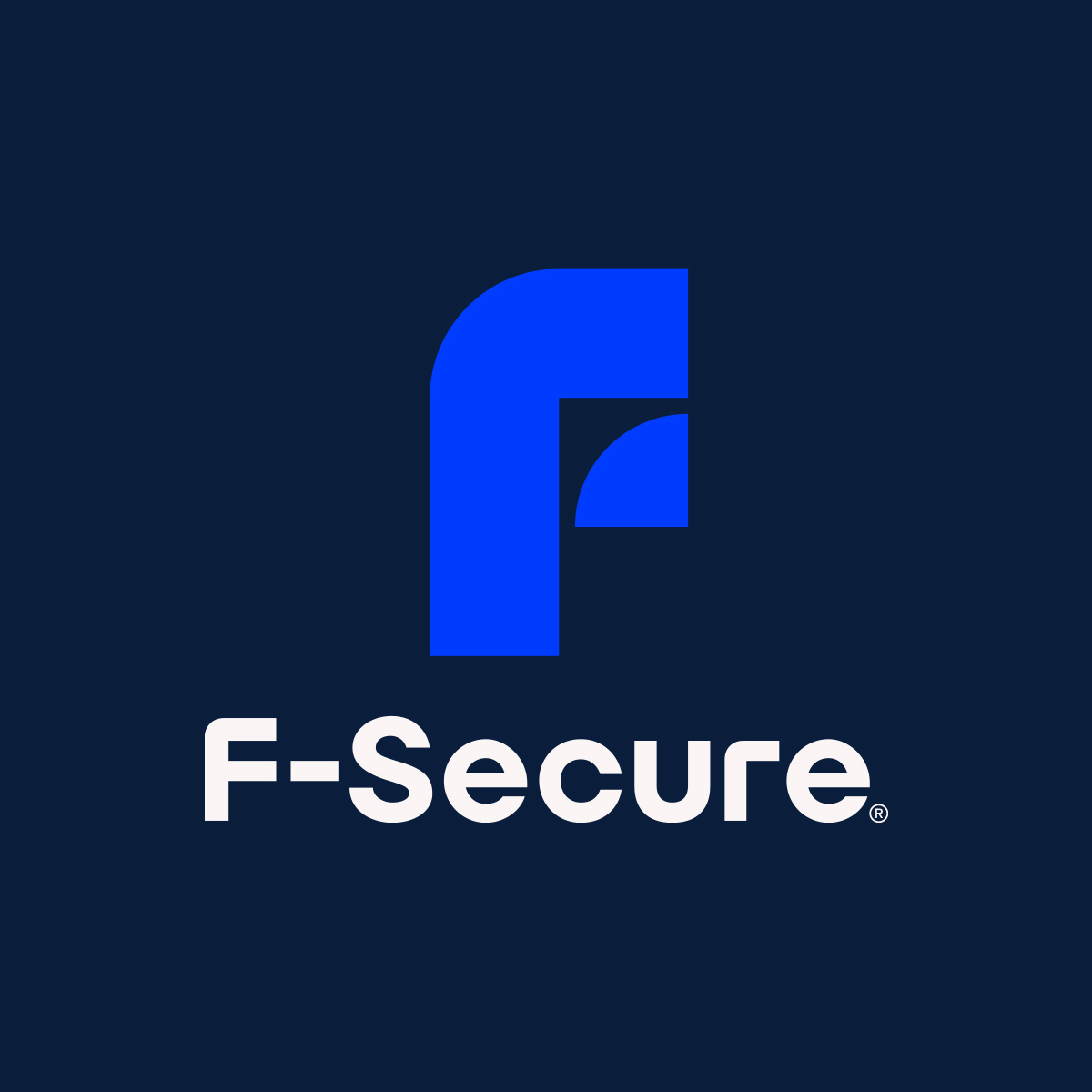To begin with you wil have to excuse me as I am a total idiot whe it comes to computers etc which I guess is why I am in the pickle I am.
I have about 2000 cd's (and counting) that I painstakingly burned onto iTunes over a period of months, putting it on a single external hard drive. Unfortunately, after a couple of years that went wrong and I lost it all, so I bought a QNAP 2 Bay NAS went through the process all over again and in my naievety, thought that having two bays meant one would automatically back up to the other without me having to do anything (see what I mean when I say I'm an idiot). Anyway, all has been fine for several years and I still add newly bought CD's and burn onto my iTunes on my NAS.
However, a few weeks ago I noticed random tracks were missing and discovered they had been turned into 7Z format and found a read me file saying they had been encrypted and if I wanted to get them back to pay over a ransom in bitcoin. QNAP confirmed I had been hacked and proceeded to give me some instructions to recover my music files using something called photorec. I have also been told this happened because my NAS was/is connected to the internet and that it shouldn't be.
I have needed to buy another external hard drive with a large enough memory to connect to my NAS that I could transfer the rescued files onto. So, I have bought an 8TB WD MyBook which will be arriving any day soon.
When asking about this, people have mentioned stuff such as UPnP and turning that off. Port forwarding which means nothing to me and to disconnect my NAS from the intenernet and only connect it to my local/home network.
So, here are the daft questions… My NAS is connected directly to my BT home Hub router by a cable. Going into the router it shows it has a static IP address. In configuration I have UPnP turned off, yet in the firewall port forwarding section it shows UPnP ticked and if I click on the red cross, it asks if I want to remove the rules. Plus, being as thick as I am, I don’t understand why there are so many lines for my Nas showing (see picture below).
View attachment 39654
So, is my NAS connected to the internet or not? if it is, how do I disconnect it and have it only connected to my local (home) network? My laptop connected to the internet where I burn all my newly aquired CD's onto iTunes does say Private Network.
And of course, If I am lucky enough to retrieve my music files or not and I have to burn all my CD's again, how do I prevent this from happening again?
Sorry for this being so long winded and any help would be very much appreciated.

